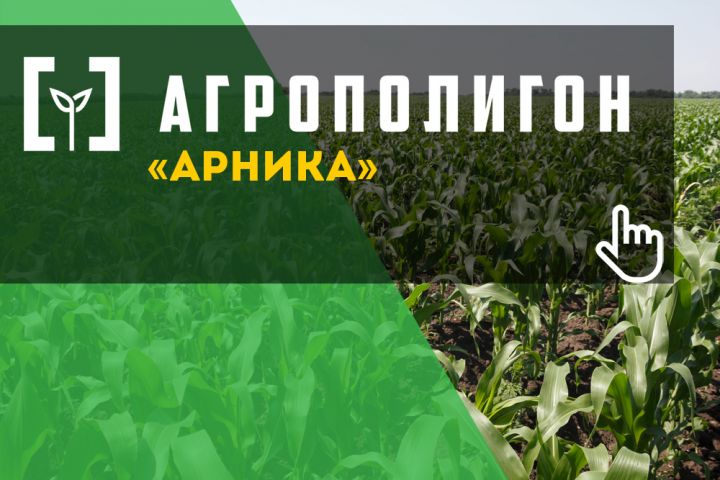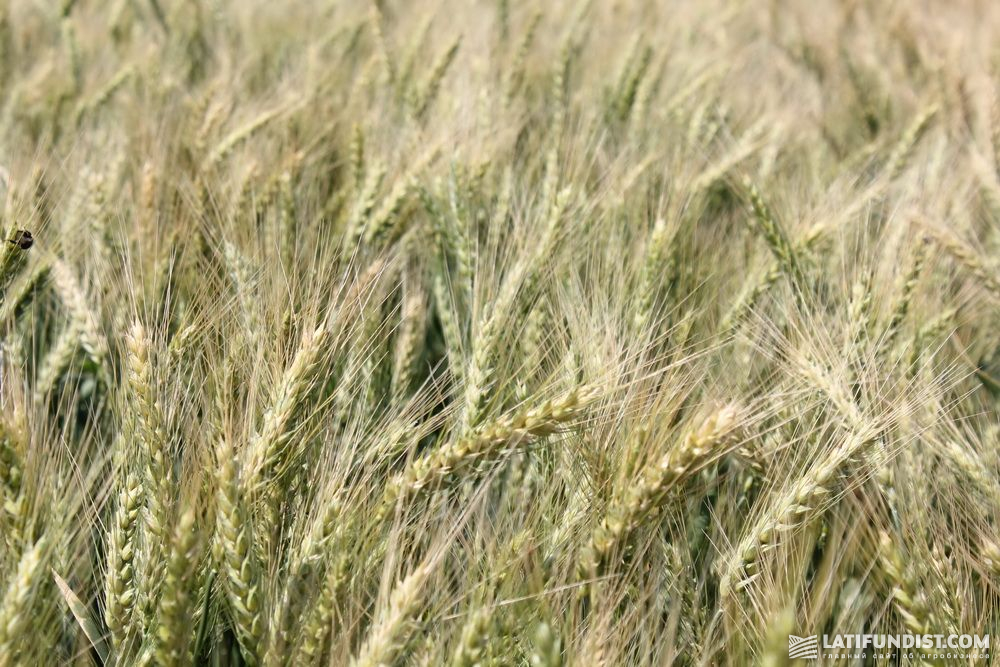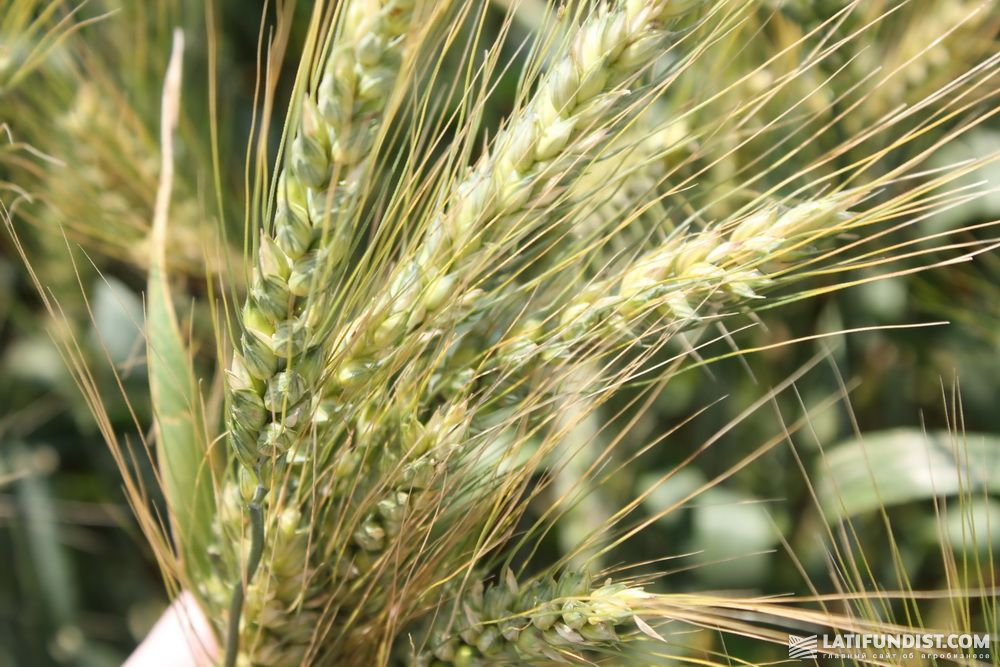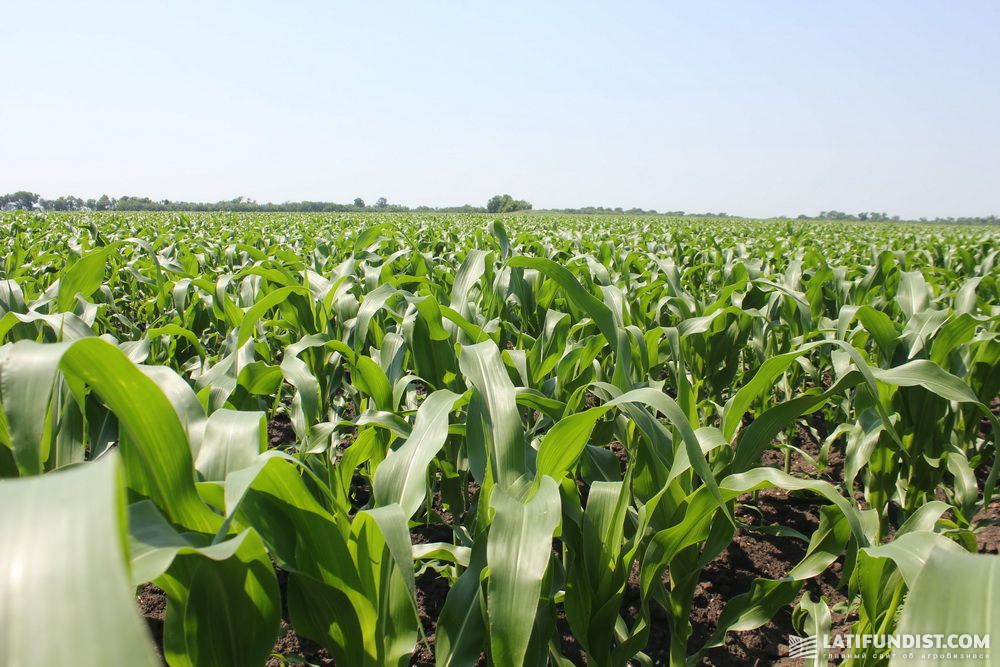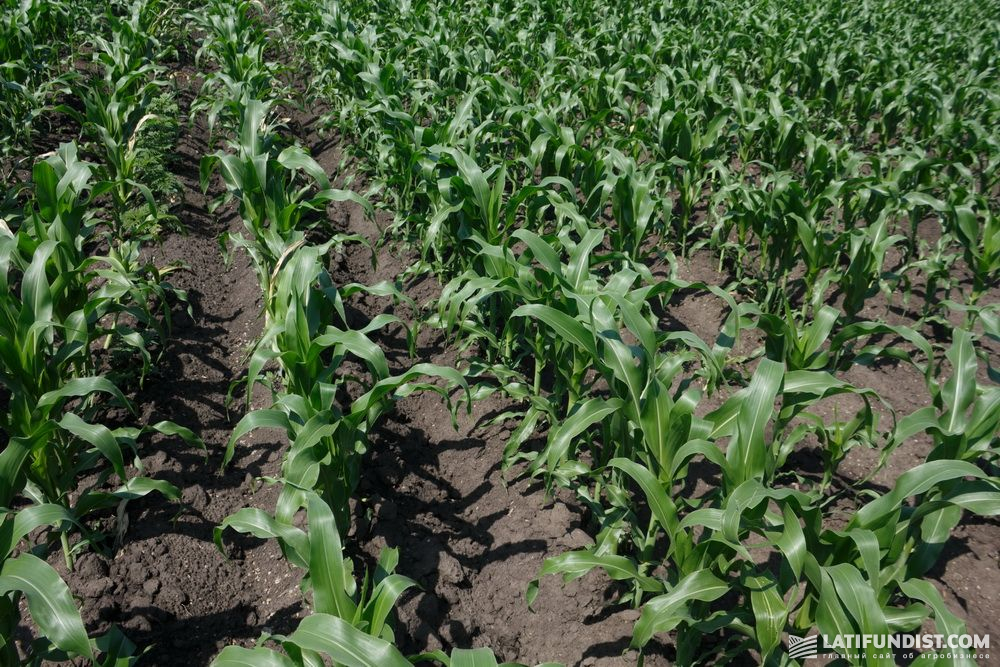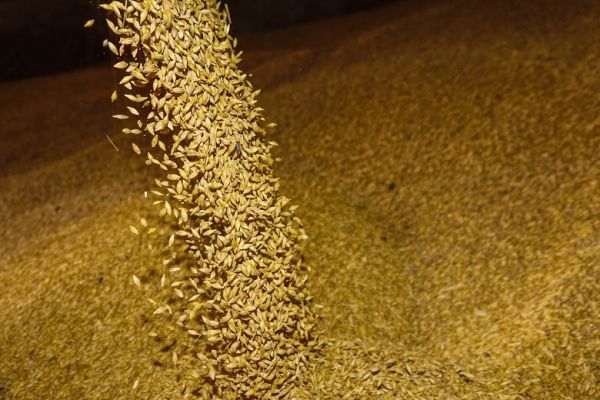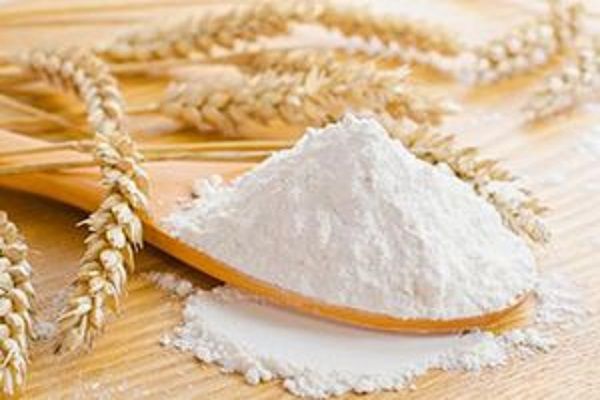AgroPoligon Arnika: Corn and Winter Wheat in the Crop Rotation Plan of the Organic Enterprise
As part of the AgroPoligon project, we continue sharing the best practices of crop cultivation. This time our report is based on corn and winter wheat growing at Arnika agro holding.
It is well known that Poltava region has the best soil in Ukraine. It is in this region that the fields of Arnika agro-industrial group are located.
Sergei Sereda, the chief agronomist of the company, told the team of AgroPoligon about the peculiarities of organic farming.
How organic winter wheat is grown
We often ask the agronomists of the companies with a large crop rotation what their favourite cultures are. For Sergei Sereda, it is winter wheat.
"All you need for a good harvest is a good rainy fall, healthy growth and 2-3 tillage passes in spring. If this is the scenario that unfolds, you don’t need to worry about the crop," he says.
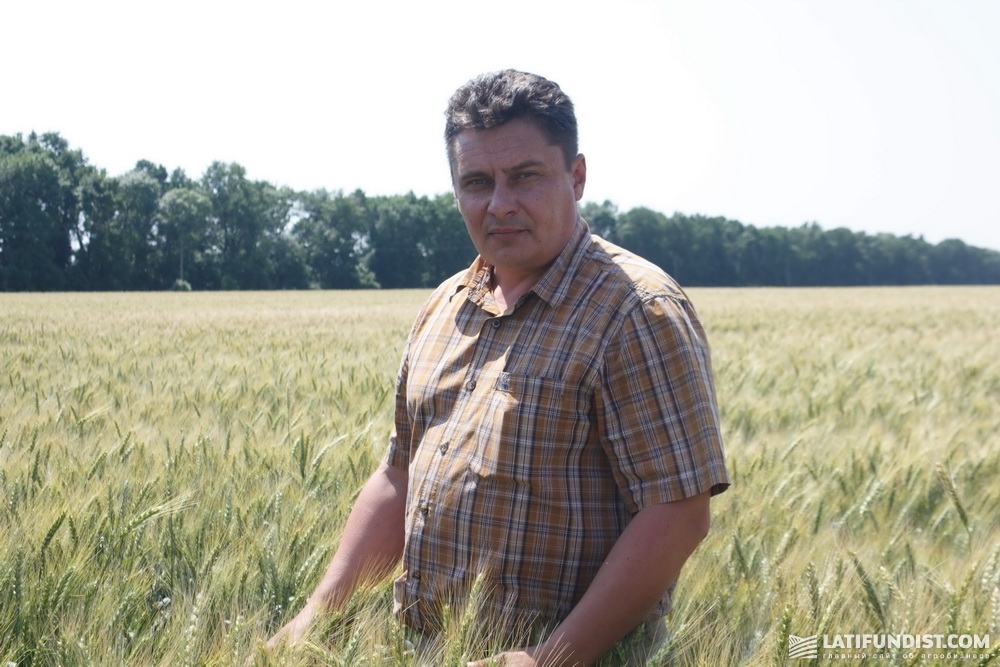
We visited the field planted with wheat of the Ukrainian variety named Zhuravka Odesskaya. It was preceded by lentil.
The wheat enjoyed early planting on September 5. This time Arnika decided to test 2 cultivation techniques: half of the grain was sown with 19 cm of row-spacing and the seeding rates of 5 mln/ha; another half was sown with 38 cm of row-spacing and the seeding rates of 2,5 mln/ha. Based on the yield, the company will choose the technique to apply in the future.
At the beginning of September, the company conducted primary tillage with a disc harrow and deep tillage with a drill harrow.
In spring, the soil was broken up with a rotovator in the first half of the field; intercultivation was conducted in the second half of the field. No other cultivation techniques were applied to the crop.
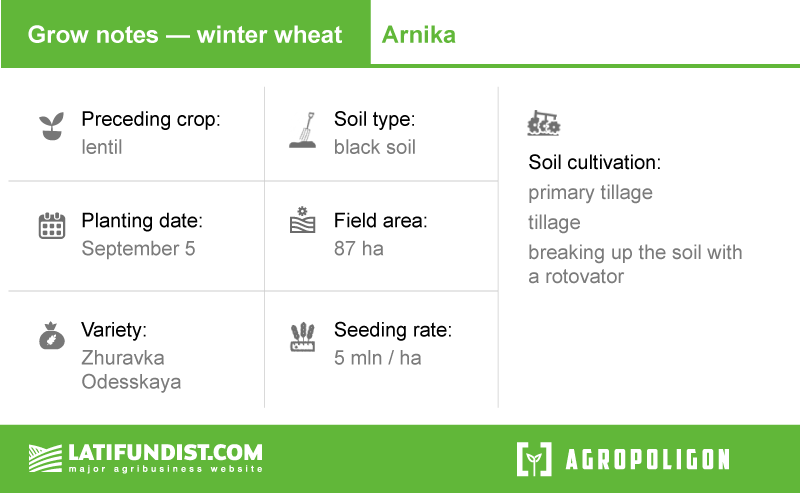
Plant protection is achieved by releasing Trichogramma, a species of entomophagous wasp. By the time of our visit, there had already been the first Trichogramma release, but we could still see some pests. The second release is planned for the second decade of June.

Sergei Sereda assessed the overall condition of the crop as good which makes it feasible to expect the yield of 4.5-5 tons/ha. In 2017, the wheat yield was 3.5 tons/ha.
When we visited the field, the wheat was at the stage of milky-wax ripeness. The agronomist remarked that the crop would be ready for harvesting at the beginning of July.
Organic corn
Having examined and photographed the wheat field, Sergei Sereda showed us the legendary crop which inspired people of the past century to name their children after it.
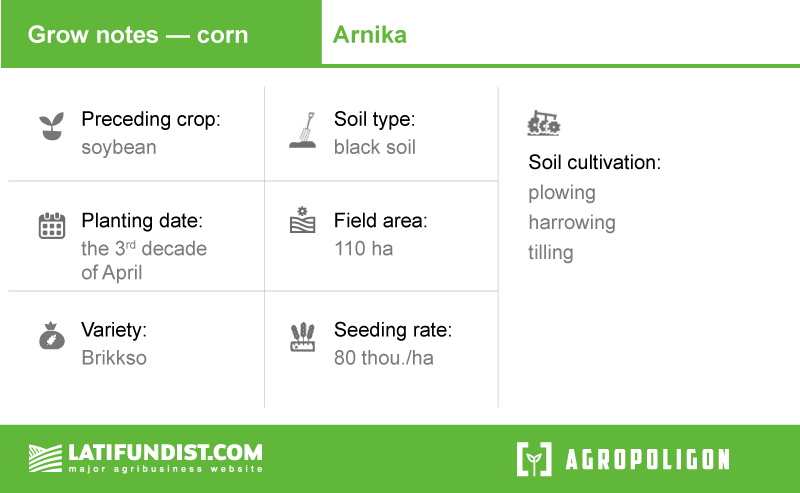
He took us to the field of corn of the Brikkso RAGT variety which was sown at the end of April with 80 thousand/ha of density, at the depth of 8 cm, and with 70 cm of row-spacing.
We mentioned earlier that grain crops are usually preceded by legumes. The field in question was not an exception. Last season it was planted with soybean.
The soil cultivation for the crop is a lengthy process. It includes:
- tillage;
- flex-tine harrowing;
- weed harrowing;
- pre-sowing cultivation at the depth of the planting;
- pre-emergence harrowing with a grass harrow;
- post-emergence harrowing;
- intercultivation;
- intercultivation for weed control.
The enterprise had already completed all the stages and the impurity content was pretty low. In Sergei Sereda’s opinion, the crop is in a good condition. The height of the stems prevents any further agrotechnical measures which are, at any rate, no longer needed.
The crop grows well. By the time of our inspection, it had developed 7-9 leaves. The lack of moisture was relieved by the rain pouring a couple of hours before our visit.

The crop mainly suffers from the stem moth, so most of the protection measures are taken against this pest.
"We use Trichogramma by Cherkasybioprotection to treat corn and other crops we grow. We primarily release it in forest belts, pastures, and the nearby territories. After planting the crop, we monitor its condition and release Trichogramma another two times. The time of release may differ," Sergei Sereda told us.
Last season, the corn yield reached 6 tons/ha in bunker weight. Given that the weather conditions were much better this spring the company expects to harvest 8 tons/ha.
Fairly soon the company will harvest winter wheat. The AgroPoligon team will be there to report all the details to you. If you are curious what the yield might be, don’t forget to check our blog.
Anastasia Avramchuk, Latifundist.com


